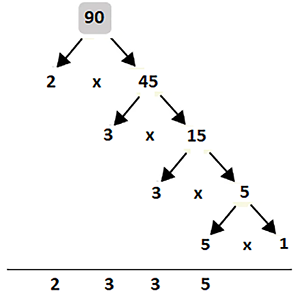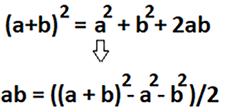Java Coding Problems, Second Edition: Become an expert Java programmer by solving modern real-world problems
Welcome to Packt Early Access. We’re giving you an exclusive preview of this book before it goes on sale. It can take many months to write a book, but our authors have cutting-edge information to share with you today. Early Access gives you an insight into the latest developments by making chapter drafts available. The chapters may be a little rough around the edges right now, but our authors will update them over time.You can dip in and out of this book or follow along from start to finish; Early Access is designed to be flexible. We hope you enjoy getting to know more about the process of writing a Packt book.
- Chapter 1: Strings, Locales, Numbers & Math
- Chapter 2: Objects, Pattern Matching, and Switch Expressions
- Chapter 3: Working with Date and Time
- Chapter 4: Record and record pattern
- Chapter 5: Arrays, collections and data structures...
































































 .
.











